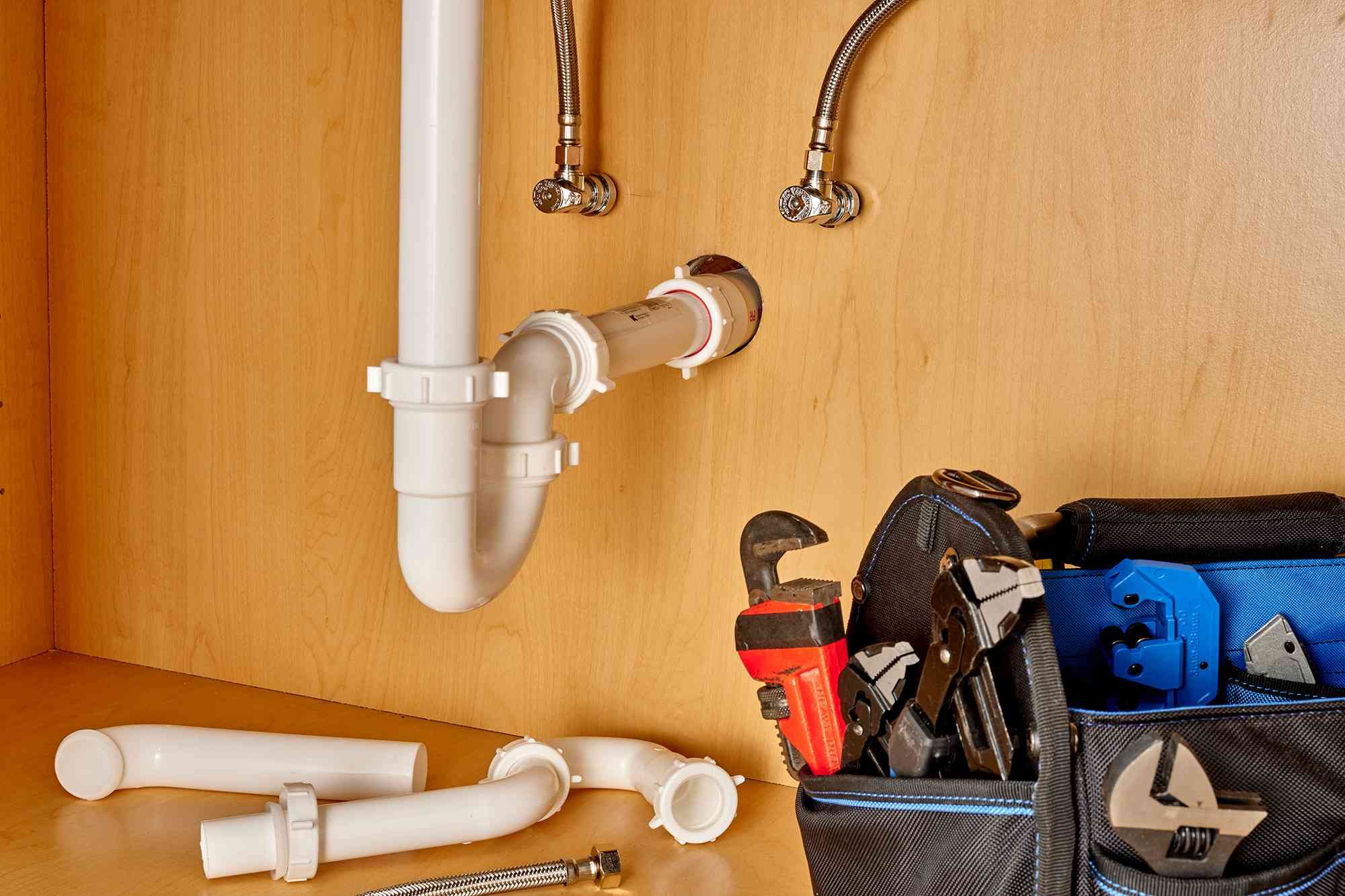Strategies to Stop Common Plumbing Issues in Your Home
Strategies to Stop Common Plumbing Issues in Your Home
Blog Article
What're your ideas with regards to 6 Common Plumbing Problems and How to Fix Them?

Introduction
Keeping a practical plumbing system is essential for a comfy home. By taking preventive measures, you can stay clear of typical plumbing issues that might disrupt your day-to-day live and incur pricey repair services.
Monitor Water Pressure
Watch on your water pressure to stop tension on your pipelines and home appliances. High water stress can result in leakages and damage gradually. Consider setting up a pressure regulator to keep ideal water stress throughout your home.
Educate Family Members
Educate everyone in your house about appropriate plumbing practices. Instruct them what need to and shouldn't be purged or disposed of down the tubes to stop avoidable plumbing issues.
Shield Pipes from Freezing
Throughout cold weather, take steps to avoid your pipelines from freezing. Insulate subjected pipelines, especially those in unheated areas like cellars and attic rooms. Permit faucets to leak throughout freezing temperature levels to prevent water from freezing in the pipelines.
Address Leaks Promptly
Attend to any leaks or trickles as quickly as you discover them. Also small leaks can waste water and trigger damage to your home with time. Tighten up loose fittings or change damaged seals to avoid leaks from getting worse.
Normal Maintenance Checks
Frequently evaluating your plumbing system is important for determining potential issues before they escalate. Inspect pipes, faucets, bathrooms, and home appliances for leaks, rust, or indications of wear and tear.
View What You Flush
Be mindful of what you flush down your toilets. Avoid flushing items such as wipes, cotton balls, sanitary items, and paper towels, as these can trigger blockages and backups in your pipes.
Proper Disposal of Grease and Food Waste
Dispose of oil, oils, and food scraps properly to stop build-up in your pipelines. Prevent pouring oil away, as it can strengthen and trigger obstructions. Use a strainer in your cooking area sink to capture food bits and empty it consistently.
Be Mild with Plumbing Components
Prevent using excessive pressure when running plumbing fixtures such as faucets and shutoffs. Rough handling can create damage, causing leaks and various other breakdowns.
Routine Drain Cleansing
Set up routine drainpipe cleaning to prevent build-up of hair, soap scum, and other particles. Utilize a drain serpent or enzymatic cleaner to get rid of blockages and maintain smooth water drainage.
Set Up Water Softeners
Consider mounting a water softener if you have hard water. Tough water can trigger mineral buildup in your pipes and devices, causing reduced water circulation and effectiveness.
Conclusion
Stopping common plumbing concerns in your home calls for diligence and routine maintenance. By adhering to these preventive measures, you can make certain that your plumbing system operates efficiently and avoid pricey repair work in the future.
Expert Tips for Preventing Common Plumbing Issues
Keep Drains Clear and Functional
Regularly clean drain covers and hair-catching devices to eliminate debris and prevent buildup. Avoid disposing of grease, oil, or coffee grounds down your drains, as they can congeal and accumulate over time, creating obstructions. Consider using a biodegradable drain cleaner periodically to break down organic matter and maintain clear pipes. Prevent and Identify Leaks Early
Regularly inspect visible plumbing connections, pipes, and fixtures for signs of moisture or corrosion. Fix loose connections or replace damaged components as needed. Install water leak sensors in high-risk areas such as under sinks, near water heaters, and around washing machines to provide early warning of potential leaks. Monitor your water bill for sudden increases in usage, which may indicate a hidden water leak. Protect Plumbing from Freezing Temperatures
Allow faucets to drip slightly during extremely cold weather to prevent freezing and pressure buildup inside the pipes. Seal gaps and openings in walls, doors, and windows near plumbing to prevent drafts from reaching your pipes. Maintain Optimal Water Heater Performance
Schedule annual professional maintenance of your water heater, including checking pressure-relief valves, flushing sediment buildup, and inspecting for corrosion or leaks. Maintain the manufacturer-recommended temperature setting, typically around 120°F (49°C), to optimize energy efficiency and prevent scalding. Consider installing an expansion tank in your system if you have a closed-loop water supply, which prevents excessive pressure buildup and potential water heater failure. https://www.climatecontrolkc.com/blog/plumbing/tips-for-preventing-plumbing-issues/

Do you like more info about 6 Common Plumbing Problems and How to Fix Them? Put a remark down the page. We would be delighted to find out your insights about this page. We are looking forward that you come back again in the near future. Loved our blog? Please share it. Let somebody else find it. Thank you for your time invested reading it.
Book Report this page